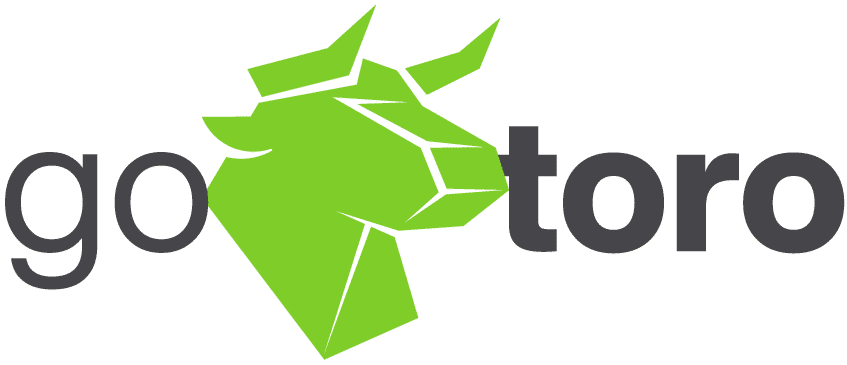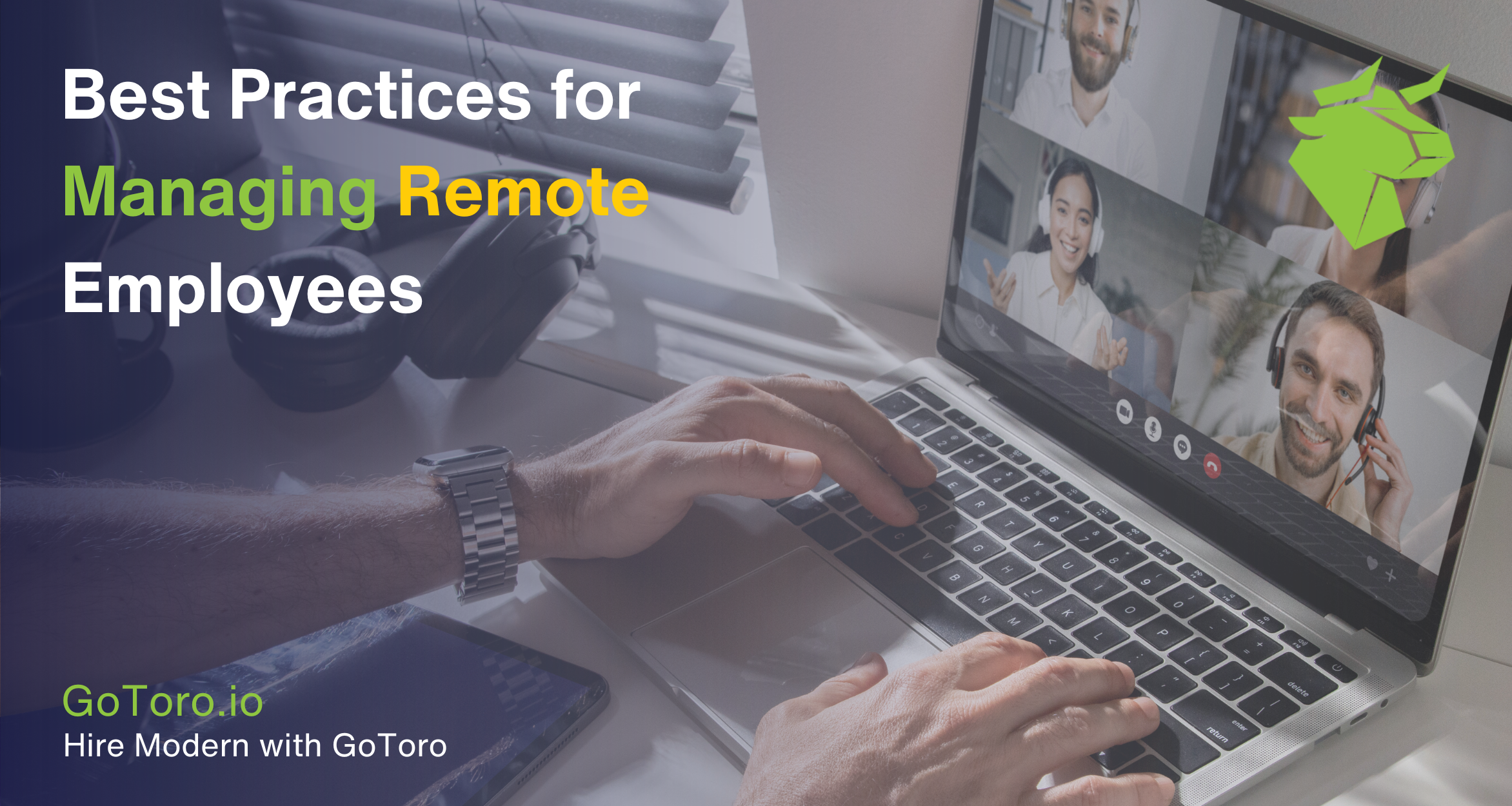The recent years have witnessed a significant rise in remote work, transforming how organizations operate globally. This shift brings unique challenges and benefits to the forefront of managing remote employees. Challenges include ensuring effective communication, maintaining productivity, and fostering a cohesive team culture from a distance. Conversely, the benefits are notable, including increased flexibility, access to a broader talent pool, and often, improved work-life balance for employees. The purpose of this blog is to provide practical and effective strategies for managers navigating the evolving landscape of remote work management.
Understanding Common Work from Home Challenges

Managing remote employees involves recognizing and addressing common issues such as isolation, distractions, and burnout. Isolation can stem from the lack of physical interaction with colleagues, potentially impacting employee morale and engagement. Distractions at home, varying from family responsibilities to digital interruptions, can hinder productivity. Additionally, the blurred lines between work and personal life often contribute to burnout. Managers need to identify these challenges through regular communication and feedback loops. Addressing these concerns might involve implementing structured check-ins, encouraging the use of designated workspaces, and promoting a culture where employees feel comfortable discussing their challenges.
Establishing Clear Communication Channels
A cornerstone of effectively managing remote employees is establishing clear, consistent communication channels. Tools like Slack, Zoom, and email each serve distinct purposes. Slack is ideal for instant messaging and quick updates, Zoom for face-to-face interactions and team meetings, and email for more formal and detailed communication. Managers should set communication guidelines, including expected response times and preferred platforms for different types of interactions. It’s crucial to balance the frequency of communication to avoid overwhelming employees, while still ensuring that team members are informed and engaged.
Setting and Managing Expectations
Managing expectations is vital for remote teams. Clear, transparent goals and expectations prevent misunderstandings and keep everyone aligned. Managers should set realistic, measurable goals that are communicated effectively to the team. This might involve using project management tools to track progress and deadlines. Regular check-ins and updates not only help in monitoring progress but also provide opportunities for feedback and adjustments. These strategies ensure that remote employees are clear about what is expected of them and can manage their work efficiently, contributing to the overall productivity and success of the team.
Set Clear Remote Work Productivity Standards
In managing remote employees, it’s crucial to define and communicate clear productivity standards. This involves setting transparent expectations about deliverables and deadlines. Use tools like task management software and time-tracking apps to facilitate this. For example, platforms like Asana or Trello can help in assigning tasks and monitoring progress, while tools like RescueTime or Toggl track time spent on various tasks. However, it’s essential to balance these measures with trust and flexibility. Flexibility in work hours can be beneficial, but it should be paired with accountability to ensure that productivity is maintained. Regular reviews of these standards and open discussions about workload and efficiency can help in fine-tuning the process and making necessary adjustments.
Building a Strong Remote Culture

Managing remote employees effectively requires building a strong, inclusive remote culture. This culture should emphasize open communication, mutual respect, and collaboration. Virtual team-building activities, such as online coffee breaks, virtual team lunches, or online games, can help in creating a sense of community and belonging. These activities bridge the gap caused by physical distance and contribute to team bonding. Encouraging a healthy work-life balance is also vital. This can be achieved by respecting work hours, encouraging regular breaks, and supporting flexible schedules. A positive remote culture not only enhances employee satisfaction and retention but also boosts overall productivity and team cohesion.
Utilizing Technology Efficiently

In managing remote employees, leveraging technology efficiently is non-negotiable. Tools like project management software (e.g., Basecamp, Monday.com), communication platforms (e.g., Slack, Microsoft Teams), and cloud storage (e.g., Google Drive, Dropbox) are essential in maintaining organization and ensuring seamless collaboration. However, it’s important to strike a balance between effective oversight and respecting privacy, avoiding an atmosphere of surveillance. Trust should be the foundation of remote team management. Additionally, cybersecurity is paramount. Implementing best practices such as regular password updates, using secure connections (VPNs), and educating employees on cybersecurity risks ensures the protection of sensitive data. Managers should provide clear guidelines and training on these practices to ensure that all team members are equipped to work securely from remote locations.
Set Aside Specific Days, Times, and Methods for Team Interaction
Effectively managing remote teams hinges on establishing regular, scheduled interactions. Consistency in team meetings fosters a sense of predictability and structure, crucial for remote work environments. When scheduling these interactions, consider the different time zones of team members to ensure inclusivity. Utilizing scheduling tools like World Time Buddy or Doodle can help find suitable meeting times for everyone. Moreover, selecting the right platforms for various interactions is key. For instance, Zoom or Microsoft Teams can be used for video conferencing, while Slack or Discord might be more suitable for quick, informal chats. Regular team interactions not only keep everyone aligned but also help in building a cohesive team culture, essential when managing remote teams.
Building Better Interactions During Meetings
Managing remote teams effectively also means optimizing virtual meetings to be more engaging and productive. To achieve this, start with a well-structured agenda distributed in advance. This sets clear expectations and allows team members to prepare appropriately. During the meeting, use interactive tools like polls or shared documents to foster engagement. Follow-up is equally important; summarizing key points and action items after the meeting ensures that everyone is on the same page. Encourage participation from all team members by inviting input and creating an inclusive atmosphere where everyone feels comfortable sharing their ideas. These practices not only make meetings more effective but also enhance the overall communication and collaboration within remote teams.
Providing Training and Development Opportunities
In managing remote employees, it is vital to emphasize the role of continuous learning and development. Remote work settings often require different skill sets, and as such, providing access to online training and professional development resources is key. Platforms like LinkedIn Learning, Coursera, or industry-specific online courses offer a wealth of knowledge that employees can tap into. Encourage self-directed learning by giving employees the autonomy to choose courses that align with their professional goals and the organization’s objectives. This not only helps in skill development but also boosts employee engagement and job satisfaction. Regularly discuss career paths and growth opportunities in one-on-ones, aligning individual aspirations with company goals.
Feedback and Performance Reviews

Adapting performance review processes is a critical aspect of managing remote employees. In a remote setting, traditional performance metrics might not fully capture an employee’s contributions. Incorporate regular, constructive feedback into your management routine. This can be achieved through scheduled performance reviews and real-time feedback on specific projects. Emphasize strengths and areas for improvement, providing clear, actionable advice. Additionally, consider remote-friendly methods for employee recognition and rewards, such as virtual shout-outs, digital gift cards, or online team celebrations. Recognizing and rewarding achievements maintains motivation and reinforces positive behaviors in a remote work environment.
Follow Up with Remote Employees Regularly
Regular follow-up is essential in managing remote employees effectively. This includes consistent one-on-one check-ins, which are crucial for understanding individual challenges and providing support. These check-ins should be more than just status updates; they should be opportunities for meaningful dialogue about the employee’s well-being, workload, and professional development. Use these sessions to offer guidance, listen to concerns, and collaborate on solutions. While providing supervision and support, it’s important to balance this with giving employees autonomy. Trust and empower your team to manage their tasks, stepping in to offer help and guidance when needed. This balance is key to maintaining a healthy, productive remote work environment.
Navigating Time Zone Differences
A significant aspect of managing remote employees effectively is navigating the complexities of multiple time zones. This requires strategic planning to ensure that all team members, regardless of their location, are able to collaborate effectively. One approach is to rotate meeting times to share the inconvenience of odd hours equitably. Utilize scheduling tools like Time Zone Converter or World Clock Meeting Planner to find the most suitable times for team meetings. Setting deadlines that consider time zone differences is also crucial; this might mean having staggered deadlines based on location. Additionally, maintain a shared calendar or a time zone tracking tool like Every Time Zone to keep everyone informed and on the same page. This level of organization and consideration is essential in managing remote teams spread across various regions.
Supporting Mental Health and Well-being
Managing remote employees also involves acknowledging and addressing the unique mental health challenges associated with remote work. These challenges may include feelings of isolation, difficulty in separating work from personal life, or burnout. To support the mental health and well-being of remote workers, provide access to resources such as online counseling services, mental health days, or wellness apps. Encourage managers to check in regularly on their team’s well-being, not just their productivity. Creating an environment where open conversations about mental health are encouraged is vital. This can be facilitated through regular team check-ins or creating a dedicated channel for sharing mental health and well-being resources and tips. By prioritizing mental health, employers can foster a more supportive, engaged, and productive remote workforce.
Effectively managing remote employees demands continuous adaptation and strategic evolution to meet their unique needs and ensure a productive, positive work environment. For those looking to further enhance their approach to a remote team, exploring programmatic job advertising is a key step in finding the best employees for your company – request a demo today.


